There is little doubt that man has been foraging for food for a long time. As one might guess, in different places he foraged for different plants. He also foraged before there were cities and suburbia. Foraging continued well into the 1900’s, and of course, selectively today.
Among the challenges of teaching foraging is finding suitable sites. In my classes I tend to visit the same areas, at least four times a year, usually more often. Almost all of these sites are in suburbia, not in the wild. This surprises people because they assume wild food is out in the wilderness. When the famous Willie Sutton was asked why he robbed banks, he supposedly said “because that’s where the money is.” I teach foraging in suburbia because that’s where the plants are. It’s also where the people are.
That said, I have to qualify that comment. There are edibles in the wilds, but they tend to be different than those found in population centers and represent more a subsistence living than variety. Many edible weeds, perhaps the majority, are not native. They are from somewhere else. They came with humans and humans went to population centers. They spread out a bit from there but in density suburbia is ground zero.
In an old city park I can usually find 60 to 100 edible species and I usually have to walk only a mile or so. In a state park I can walk 10 miles and find perhaps 20 edible species. This is not to say native food is inferior or rare. It is better to say the choice is limited. But when you combine native and imported plants (and edible ornamentals) then one has a much larger menu in suburbia, which is conveniently where the people live. (In agricultural areas, farm land substitutes for suburbia. Read where man is active there are weeds.)
The other reason I use city parks is because most of the species we find there most folks can also find in their own yard or neighborhood. It’s good to learn what the natives ate to survive but most folks want to find food around their own home, not a distant state park (where foraging is often illegal.)
Foraging in suburbia does raise the issue of pollution, and that has to be taken into consideration. Despite that complication foraging in suburbia is where more people forage today. It is where most people find their wild food, and that is where I teach the most. Willie Sutton would understand.
(By the way, what Sutton really said was: “Why did I rob banks? Because I enjoyed it. I loved it. I was more alive when I was inside a bank, robbing it, than at any other time in my life. I enjoyed everything about it so much that one or two weeks later I’d be out looking for the next job. But to me the money was the chips, that’s all.”
♣ An Observation: A friend has been taking me to a gym in hopes I will become a member. I presume the goal of a gym is to improve ones health. At the gym exit, on the inside, there is a smoothie bar of sorts with about three dozen concoctions on the menu. The names hide that they are all simple sugar, some with formulated fortification to make you more of a man or woman or whatever you want to be. Others boast a pick me up, a caffeine boost. For these healthy sounding non-healthy drinks one pays dearly. It’s all rather curious: Go in the gym to burn calories and before leaving replenish them. Meanwhile directly right outside the door to the main entrance is a source of antioxidants and caffeine for free, the Ilex vomitoria var. pendula. All that is required is a few leaves in hot water for a few minutes.
If you visit the Green Deane Forum, mentioned below, you will see some discussions about primitive skills, plants as medicine, and the paleo diet and related issues as they pertain to edible plants. Our ancestors got their nutriments and antioxidants and the like from their wild diet, and getting the food was exercise enough. At the gym I was struck by the antithetical dichotomy: Artificial exercise and empty nutrition inside the gym, real nutrition and real exercise outside the gym. We’ve gone so far away from who we are with all that artificial stuff on sale, yet the real deal is right outside the door.
(And I will add, do you know what gymnasium means? It’s Greek meaning where people exercise naked… because people used to exercise and train naked. Why get clothes dirty? … the Olympics were naked as well… Snow skiing wasn’t a sport then… Don’t know if I’d like to go to a naked gym… nudist colonies give ample reason why clothes were invented. That said, I’ve been asked to teach a class in a nudist colony… definitely stay away from the stinging nettles….)
♣ Botany Builder #16: Compound leaves can be confusing. Leaves are either simple or compound. A simple leaf is one leaf whereas a compound leaf is comprised of several leaflets. Compound leaves are divided into two to several dozen leaflets.
A leaf is attached to a stem. There is also a bud there. When it is attached to the main stem it is simple. When it is attached to a stem which is in turn attached to a main stem with a bud it is compound. Where the bud is, is the key. Oaks have simple leaves as do birches, sycamores, and elms. Hickories have compound leaves, as do many trees in the greater pea family. Compound leaves can also be called pinnate, which means feather because someone thought they looked featherish. Compound leaves can be bipinnated and tripinnated. And they can be palmately pinnated.
In the diagram above left there is a simple leaf, a compound leaf, and a doubly (bipinnated) leaf. It would be tempting to call all the green things leaves but they are not. The simple single leaf is a leaf, but the rest are leaflets. They can also be even or odd depending on whether there is a leaflet at the end, see diagram two at right. Also they can be palmate (think like a palm and fingers.) Clover and oxalis are two more examples of compound leaves. In the clover there are three leaves at the end of the stem, shaped like a T. In the oxalis there are three leaves at the end equally distributed around the stem. That is sometimes called a terminal compound leaf.
♣ Articles added: Rumex Ruminations, Topi Tambo, Water Lettuce, Duckweed, Edible Flowers Part Nineteen.
♣ Classes This Week: It was a road tour weekend with a Saturday class in Port Charlotte and West Palm Beach on Sunday. Round trip it was a total of 533 miles for the weekend on the big red motorcycle. I always enjoy these two locations because they have species not found even 200 miles to the north.
At Port Charlotte we saw a gray Nickernut, Caesalpinia bonduc. It’s included among the “sea beans” that float north on ocean currents from Central and South America. However, the gray Nickernut is actually a Florida native. I have not found any reference to this legume vine being edible however the seeds have been used medicinally for many applications. As the plant was used extensively to combat malaria, it’s also been called the “quinine of the poor.” The non-edible seeds float and stay viable for at least 30 years. They have been found as far away as Scotland where they are called Molucca Beans. Oddly the Scots call all sea beans that come ashore arna Moire, or in Gaelic, Mary’s Kidney. One relative of the Nickernut is edible. That is the C. pulcherrima, whose young seeds are eaten fresh or cooked.
And I had a rare moment in Port Charlotte which was not being able to remember the exact botanical name of a seasonal shore plant. I don’t see it too often. The last time I carried some home was several years ago in Daytona Beach. In fact, I’ve been casually looking for it since. I knew it when we found it and did manage to remember that the botanical name had to do with worms. It’s Blutaparon vermiculare which means, roughly, “amaranth worm-like.” Of course the most important thing is recognizing a plant and knowing that it is edible. Humans got along for a long time without scientific names for plants. Its common names are Silverweed, Beach Carpet, Silverhead, and Samphire. The latter is unfortunate because there are other edibles also called Samphire. The stems and leaves are edible boiled (though I do snack on leaves raw.) You can read about it here.
While I don’t eat at McDonalds I do like their decaffeinated coffee, or in Saturday’s case a large serving of iced tea (no sugar.) One of their franchises is near where the class meets in Port Charlotte. While in the southwest corner of that parking lot, getting my load ready for the ride east across the state, I saw a Milkweed Vine, Morrenia odorata. It’s a wonderful wild edible and in that part of the state produces food year round. The state of Florida has tried mightily to get rid of it but this edible is here to stay. In fact, I picked a fruit and took it with me for show and tell at my Sunday class in West Palm Beach. (Properly disposed of course.) You can read about the M. odorata here.
We got off to a rocky start Sunday at Dreher Park in West Palm Beach. A foot race closed the north half of the park where we normally meet. So we had to park wherever and make our way to the rendezvous point. We got started late but around a dozen brave folks made it through the athletic extravaganza.
Though roughly at the same latitude on the west coast the same species have slightly different seasons on the east coast. Coco-plums (Chrysobalanus icaco) are a good example. They are just forming buds in Port Charlotte but growing fruit in West Palm Beach. One nice find was a fruiting Queen Palm (Syagrus romanzoffiana.) Tall and stately Queen Palm fruit start out green then turn to light orange then dark orange and then fall to the ground. They are very sweet and gooey with a large non-edible seed (though its oil is edible.) They’re kind of like eating sugary paste with some fiber tossed in. The fruit can be made into jelly and wine, the latter won’t clear because of the high pectin content. (Pindo palm [Butia capitata] fruit are also edible. Those palms are short and squat with yellow fruit)
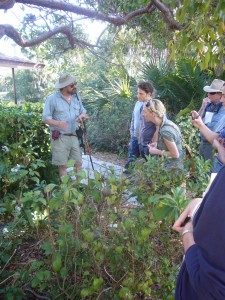
Teaching about Begonias under a Gumbo Limbo tree in Dreher Park, West Palm Beach, photo by Kelly Fagan
An after-class discussion raised the topic of what are some local staple wild foods to learn about, foods that produce a lot of calories for the collection effort. I promised I would make a list. They are: The Winged Yam (Dioscorea alata) Milkweed Vine (Morrenia odorata) Ground Nuts (Apios americana) American Lotus seeds (Nelumbo lutea) Spurge Nettle root (Cnidoscolus stimulosus) Bull thistle Root (Cirsium vulgare or nearly any Cirsium) Cattails (Typha species) Coconuts ( Cocos nucifera) and Acorns (Quercus species.) One could add to that Queen Palm Fruit, Pindo Palm fruit, Pine Tree cambium (all Pinus species, Crowfoot Grass seeds (Dactyloctenium aegyptium) and in the right place and right time of year, Barnyard Grass seed (Echinochloa crus-galli.) Add a palm grub or two and you have a balanced meal. And do I dare mention Saw Palmetto berries, Serenoa repens? They do taste like vomit but are very nutritious.
Upcoming this weekend are classes at Cassadaga and Wekiva State Park, both a bit unusual. Cassadaga is a nice little park that tends to get overlooked as a good place to learn about wild edibles. Wekiva State Park requires a shift in mindset. There are more edible plant species in suburbia than out in the wild. So visiting the state park is more along the lines of learning what the natives did. There are less edible species but we see them often which increases retention. Pretty spot though. Nice Easter morning option.
Saturday, April 7th Colby-Alderman Park: 1099 Massachusetts Street, Cassadaga. Fla. 32706, 9 a.m.
Sunday, April 8th,Wekiva State Park, 1800 Wekiwa Circle, Apopka, Florida 32712. 9 a.m.
♣ The Green Deane Forum: 3,000 posts, 500 topics, 300 members, not bad for a couple of months old. UFOS (unidentified flowering objects) Primitive Skills, What’s in Season, Edible Plants, Herbal Medicine, Beginning Foragers, References, that and much more. Join the Green Deane Forum and chat with other foragers. Go to the Eat The Weeds Home page and join via the button on the upper right, or click here.
♣ For What It’s Worth: If you’ve ever raised chickens one of the standard procedures of husbandry is to feed them arsenic. It’s a disease preventative, according to the experts. Kind of makes one wonder how chickens managed to survive before arsenic was introduced into their food. Some 55% of chicken meat sold in supermarkets have detectable traces of arsenic but so do some of the plants we eat such as mulberries and loquats. Detectable and rising to the level of toxic are two different and debatable issues. The arsenic problem raised its crested head lately in Maryland where chicken farmers defeated a bill to remove arsenic from chicken feed. Apparently the arsenic moves from the feed to the chickens’ waste (and waists) and then ends up in the environment. In this particular case Chesapeake Bay. You can run but you cannot hide.
To donate to the Green Deane Newsletter click here.

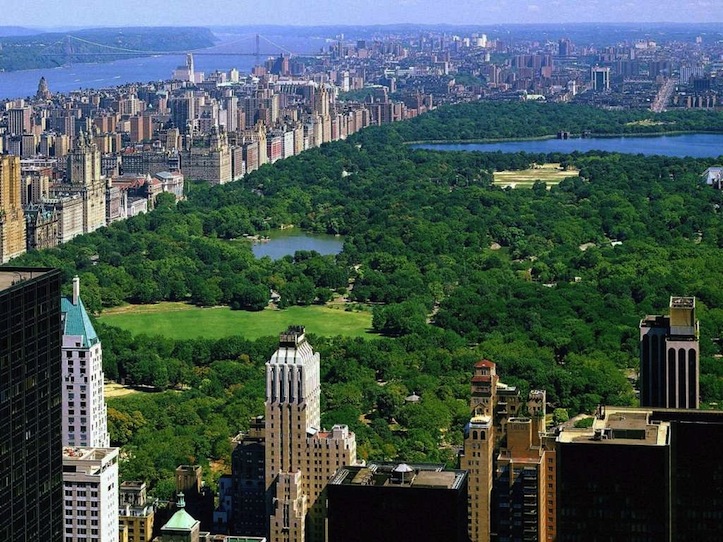

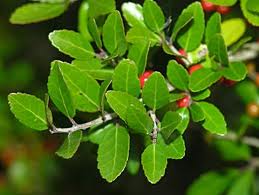

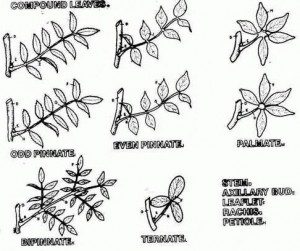
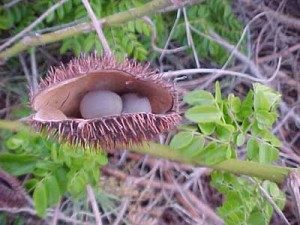
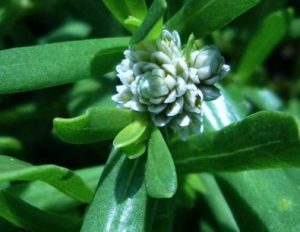
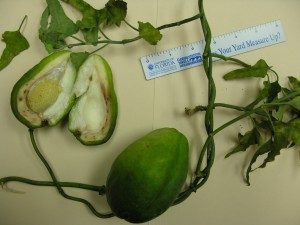
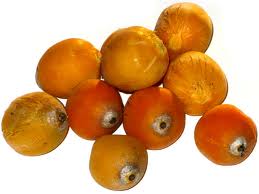
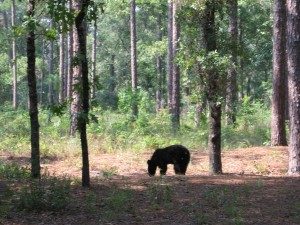

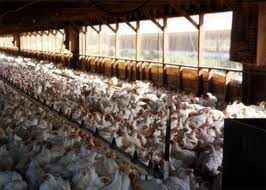

BTW Uncle Willie did not “Rob” banks. He Burglerized them. He didn’t hold them up at gunpoint. He tunneled in at night.
Okay, but how would you explain this write up by the Brooklyn Daily News, who also covered his 1952 arrest:
“The bank-robbing technique he evolved, beginning in the early 1930s, has been widely copied. First, he would study a bank carefully until he learned how many employees worked there, when they arrived for duty and what their duties were.
“He invariably entered the bank after the arrival of the first employee, usually a porter or guard, then welcomed the other employees at gunpoint. When the manager arrived, he would warn him that his employees would be the first to be shot if there was trouble. The robber and his helper or helpers were always gone before the bank opened for public business.”
Sutton was known as “The Actor” because he often perpetrated his hold-ups disguised as a bank guard, window cleaner, maintenance man, policeman, etc.
Deane, enjoyed your walk at the Fla Herbal fest so much and enjoy eating more weeds in my yard. 2 friends went to Pt Charlotte and loved the info and entertainment. I hope we can get you to come to our suburban preserves in S Sarasota Co. I will spread the word. How many folk do we need committed to invite you over? thanks, go well, Tina
Sarasota? Five or six will do, but when you pick the place I can’t guarantee how many species we will find.
Ooh… I second. Deer Prairie Creek?
Nickernut, I saw something like this in Bradenton a while back but was never able to find anything in my searches, really cool looking seed pod.You said a vine the one I saw was like a small shrub is there a look alike?
nudist colonies give ample reason why clothes were invented. This gave me a good chuckle.
The plant I saw looked more like a shrub than a vine but the botanists call them vines… the smilax also looks like a vine but is sometimes called by botanists a climbing shrub.
hello green dean i was wondering will a lot of loquats and mulberrys make us sick because i eat lots of both?????
Barring allergies normal amounts shouldn’t bother most people.
Hi Green Deane,
just wondering, have you written a book about wild edibles that is for sale?
thanks,
Dave
No, and I should. However, all of my videos will soon be on DVDs. Haven’t sorted out whether it is going to be 15 or 20 per dvd.
Hello, I recently met you at the Florida Herbal Conference and you really sparked my interest in wild edibles! I will be camping at the above mentioned website (camp ground) the first week of May and I was wondering what it would take for you to come do a walk with the group I am camping with. We are a home school group with mostly older teens for kids. There will be about 5-7 teens and 5-7 parents (probably more of each) at the event. Long Point has an island that you reach by crossing a foot bridge, and that is where we camp and would love to do the walk on. While you are there, you are welcome to join us for dinner, and we will have kayaks available for your enjoyment. I’m sure you have a fee. Please tell me if this is something you would be interested in and available to do! Thank you so much!
I think something can be worked out. I might be heading that way around May 1st.
Great article, Deane, but I do want to point out that you use there terms “man” and “humans” and you really mean this one culture that destroys its environment. The “global culture, Western culture, modern culture, or even Europeans” would do. Otherwise, it might be construed as insulting to the Native Peoples here, as they most certainly are human. I think this distinction is important as we are programmed into thinking that people are bad, when it’s just some basic memes that have been passed down the line that we need to rid ourselves of.